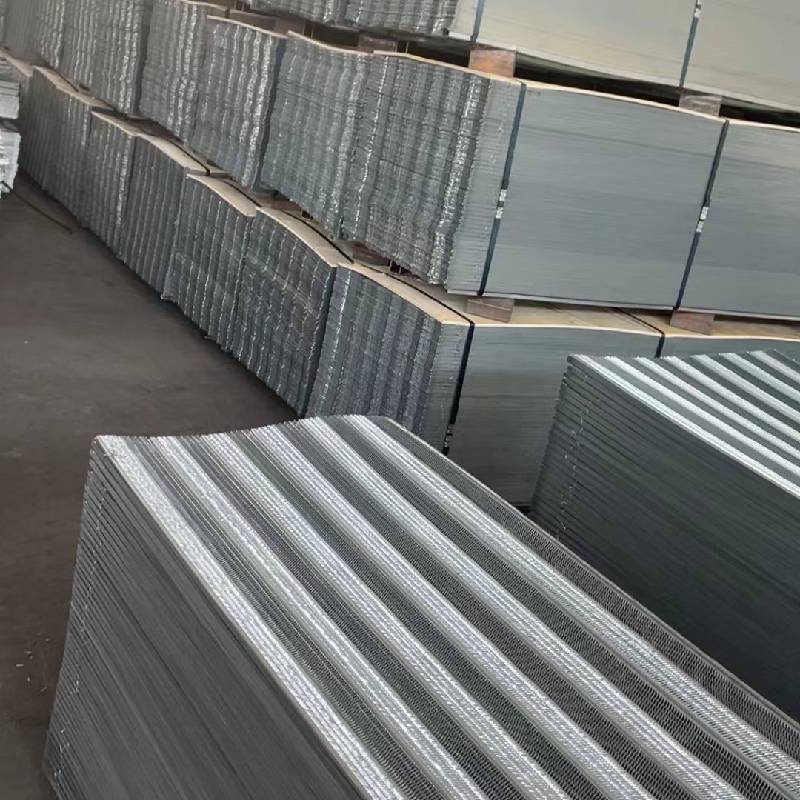
- Mobile Phone
- +8613931874955
- sales@cntcmetal.com
Understanding the Mechanics and Applications of V Shaped Torsion Springs in Engineering Designs
Understanding V-Shaped Torsion Springs Design, Functionality, and Applications
Torsion springs are mechanical devices that provide a rotational force or torque. Among the various types of torsion springs, V-shaped torsion springs are unique in their design and functionality. Their shape not only distinguishes them from traditional torsion springs but also significantly influences their application in various industries.
What are V-Shaped Torsion Springs?
V-shaped torsion springs are characterized by their distinctive V configuration. This design allows the spring to exert torque efficiently when twisted. Typically made from high-strength materials like stainless steel or music wire, these springs are engineered to endure substantial mechanical stress. The V shape enhances the spring's ability to store and release energy, providing a reliable and consistent rotational force.
Design Features
The design of V-shaped torsion springs is crucial for their performance. The inclination of the arms and the angle at which they diverge can considerably affect the spring's torque capacity. Customization is often essential, as different applications require specific torque ratings and deflection characteristics. Engineers must consider factors such as wire diameter, coil diameter, and the spring’s length to meet precise performance criteria.
One of the notable features of these springs is their capacity to maintain consistent torque over a significant range of motion. This characteristic is essential in applications where predictable performance is necessary, making V-shaped torsion springs preferable in several mechanisms.
Functionality
V-shaped torsion springs function by deforming when a force is applied, allowing them to store energy. The spring then returns to its original shape when the force is removed, releasing this stored energy. Unlike compression or extension springs, which primarily function in linear directions, torsion springs work through rotational force, proving indispensable in various mechanisms that require movement around a pivot point.
When designing a system that relies on V-shaped torsion springs, it is crucial to calculate the amount of torque needed for the specific application. The torque exerted by the spring can be determined by the spring constant and the degree of twist. This calculation enables engineers to select the appropriate spring size and configuration, ensuring optimal performance.
v shaped torsion springs

Applications
V-shaped torsion springs are widely used in numerous applications across various industries
. Some common applications include1. Automotive Components V-shaped torsion springs play a crucial role in the functioning of vehicle parts such as hoods and trunk lids, providing the necessary support for opening and closing mechanisms.
2. Furniture In the furniture industry, V-shaped torsion springs are utilized in reclining mechanisms, providing smooth and controlled movements.
3. Industrial Machinery Many machines use these springs in their components to facilitate smooth operations and enhance the overall efficiency of the mechanical systems.
4. Toys and Gadgets Due to their compact size and reliable performance, V-shaped torsion springs are often found in toys and other gadgets where spring action is necessary for movement or functionality.
5. Bicycle Components They are also used in various bike components, including gear shifters and seat adjustments, ensuring smooth transitions and adjustments.
Conclusion
V-shaped torsion springs are essential components in many mechanical systems due to their unique design and reliable functionality. Their ability to deliver consistent torque and perform well under high stress makes them indispensable in both everyday products and complex machinery. As industries continue to innovate and seek efficient mechanisms, the importance of V-shaped torsion springs is likely to grow, highlighting their role in advancing engineering and design solutions. Understanding their characteristics and applications will aid engineers in selecting the right components for their projects, ensuring both efficiency and durability in their designs.
share:
-
Your Source for Concrete Wall Ties and Masonry AccessoriesNewsJul.10,2025
-
Unlocking the Power of Iron Wire for Every ProjectNewsJul.10,2025
-
Explore Advanced Chain Wire and Stainless Steel Mesh FencingNewsJul.10,2025
-
Discover the Benefits of Annealed Wire ProductsNewsJul.10,2025
-
Discover China Stainless Steel Wire Mesh SolutionsNewsJul.10,2025
-
Build with Confidence Using High-Performance Masonry AccessoriesNewsJul.10,2025
-
Why Sacrificial Formwork Is Redefining Underground ConstructionNewsJun.06,2025



















